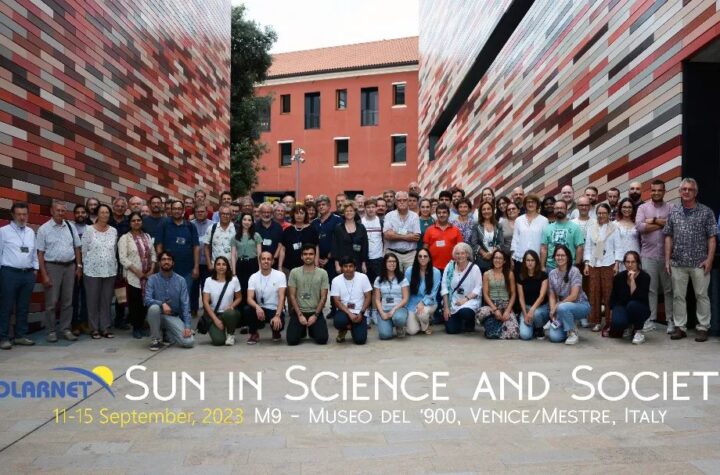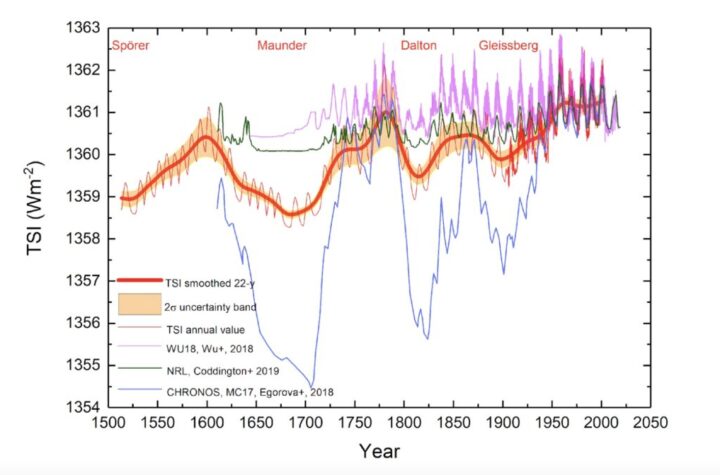Solar pores are intermediate-size magnetic flux features that emerge at the surface of the Sun. The absence of a filamentary penumbra indicates that there is a relatively simple magnetic structure with a prevailing vertical magnetic field.
Relations between the magnetic field components, line-of-sight velocities, and horizontal motions in and around a large pore (Deff = 8”.5) are analysed to provide observational constraints on theoretical models and numerical simulations.
Spectropolarimetric observations in Fe I 617.3 nm of the pore NOAA 11005 with the IBIS spectrometer attached to the Dunn Solar Telescope are inverted into series of maps of thermal, magnetic, and velocity parameters using the SIR code. Horizontal velocities are obtained from series of white-light images by means of local correlation tracking.
The magnetic field B extends from the visible pore border of more than 3”.5 and has a radial structure in a form of spines that are co-spatial with dark intergranular lanes. The horizontal component Bhor is more extended than the vertical component Bz. The temperature linearly decreases with increasing Bz, by about − 300 K kG-1 in the photosphere and − 800 K kG-1 in the umbra. The temperature contrast of granulation increases with increasing magnetic field strength and is then suppressed for Bz > 1200 G. Granular upflows dominate in regions with Bz < 600–700 G. Line-of-sight velocities are lower in stronger fields, except for fast isolated downflows at the pore’s border. The velocity signature of granulation is suppressed completely for Bhor > 1000 G. Horizontal motions of granules start to be damped for Bz > 500 G and recurrently exploding granules appear only in magnetic fields comparable to or weaker than the equipartition field strength 400 G.
more at: http://www.aanda.org/articles/aa/abs/2012/01/aa17851-11/aa17851-11.html




More Stories
Stage a Tor Vergata: Summer 2019
A night at the University.
ESCAPE Project Press Release